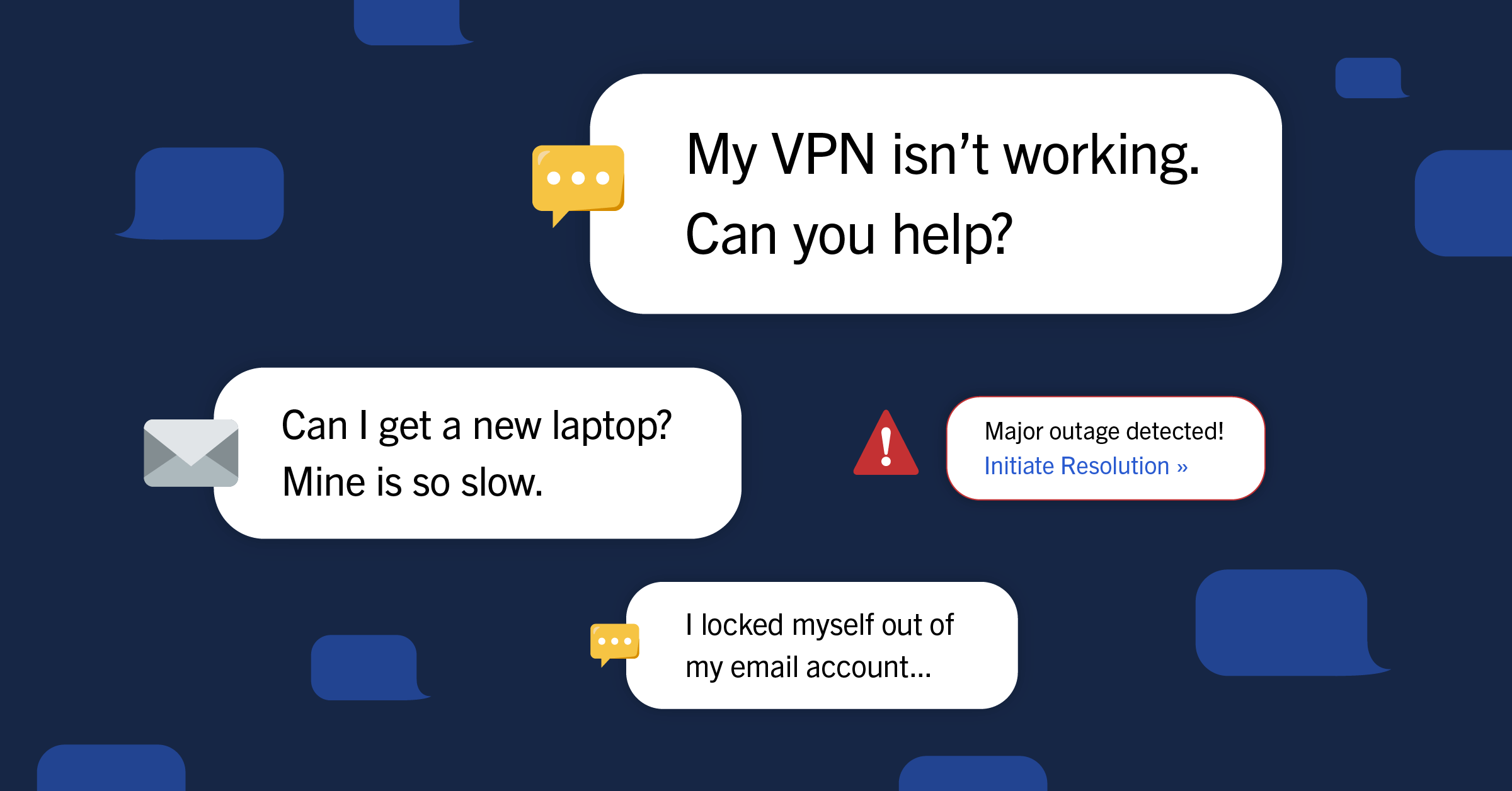
How ChatOps Helps IT Teams Work More Effectively
From setting up new hires with everything they need to get to work to troubleshooting technical difficulties, IT teams often field the same kinds of requests over and over. And while each request might feel like a small task, collectively they can add up to a huge time sink in the long run. What’s worse, the fragmentation of these requests across multiple channels can lead to support tickets that get lost in the shuffle, requests that take too long to fulfill, and workloads that keep the team from spending time on high-impact projects.
IT teams need the right processes and tools to stay ahead of support requests and keep the team focused on high-impact activities. Let’s look at how ChatOps practices helped the IT team at Crossover Health streamline IT requests, resolve tickets more quickly, and keep the whole organization running smoothly.
Great Tools Can Help a Team Work Together Better – But They Can Create Drag, Too
The IT team at Crossover Health supports an organization of 1,250 employees spanning multiple states and timezones. With so many people to support, tickets often took hours to resolve, slowing down productivity across the organization. One of the greatest strengths of technical teams is their ability to pull together customized tool stacks and workflows that fit their unique needs precisely, allowing them to work more effectively. But in reality, the proliferation of developer tools can mean the fragmentation of workflows, conversations, and data.
Juggling tools can create friction in day-to-day activities and keeps your team from focusing on high-impact tasks. 39% of developers surveyed for our Guide to Developer Productivity stated that tool fragmentation was a major productivity blocker for their teams.
Centralizing Communication and Creating an IT Hub
Bringing together the tools that your IT team uses every day creates a hub to help them better track, prioritize, and respond to issues and requests as they come in. Previously, Crossover Health primarily used a standalone ticketing system for support. The response time for tickets could take hours. The Crossover Health DevOps, technology, and support teams use Mattermost daily, making it the perfect forum for providing immediate support and issue resolution. By bringing their support ticketing process into Mattermost, many issues at Crossover Health are reported, handled, tracked, and resolved in a matter of minutes.
Improving the Flow of Work with ChatOps
Adopting ChatOps can also take some of the repetitive tasks off of your IT team’s plate. From streamlining the ticket creation processes to deploying bots that can allow your team to self-serve for common requests, introducing automation into common workflows can help everyone get what they need to stay productive faster.
Crossover Health has dramatically sped up turnaround time for support tickets by automating repetitive parts of their support processes. “We use webhooks to automate support in Mattermost,” says Daniel Gover, IT System Admin for Crossover. “If someone has an issue, we’re able to move faster with less risk of something getting lost in the shuffle.”
Check Out 7 Steps to ChatOps: Everything You Need to Kickstart ChatOps for Your Team
Want to learn more about using ChatOps at your organization? In our new edition of 7 Steps to ChatOps for Enterprise Teams, we dive deeper into how your organization can implement a ChatOps practice — whether you’re just starting to digitize operations or you’re looking for more advanced ways to streamline and automate processes.
Check out the full guide here to learn more about the steps to developing ChatOps for your organization, including tips on getting the most out of your chat platform and case studies of real teams using ChatOps every day.




